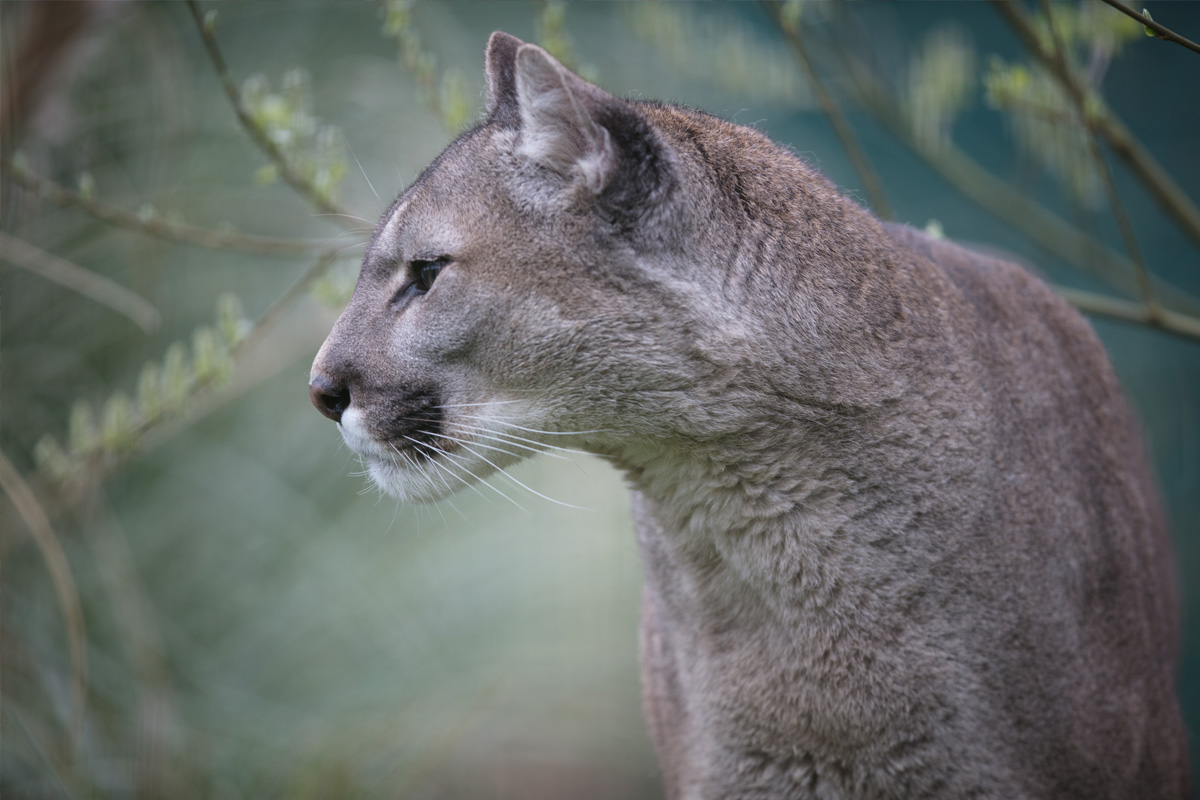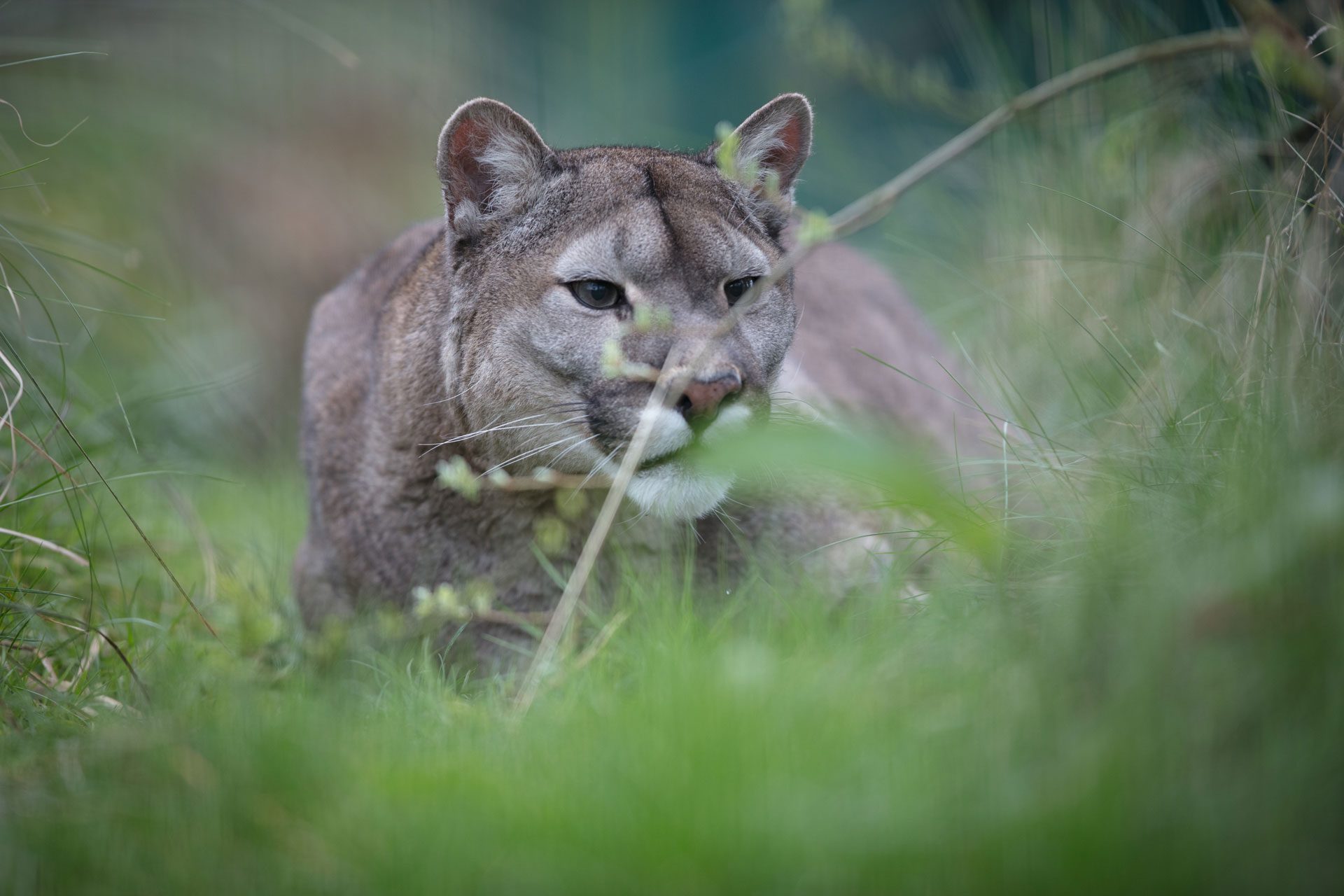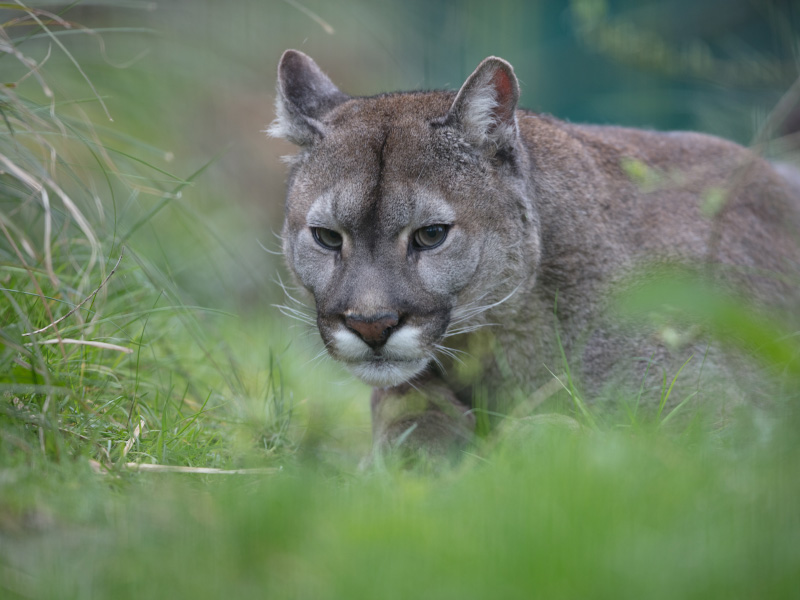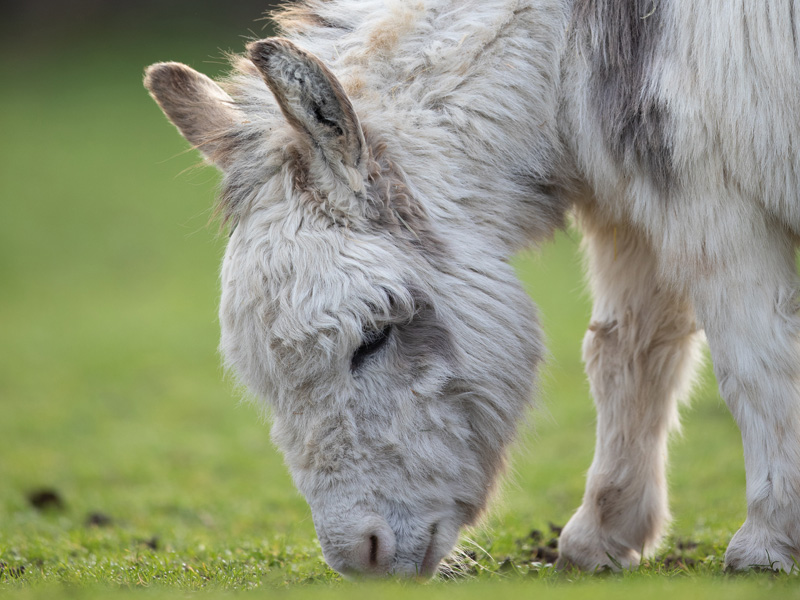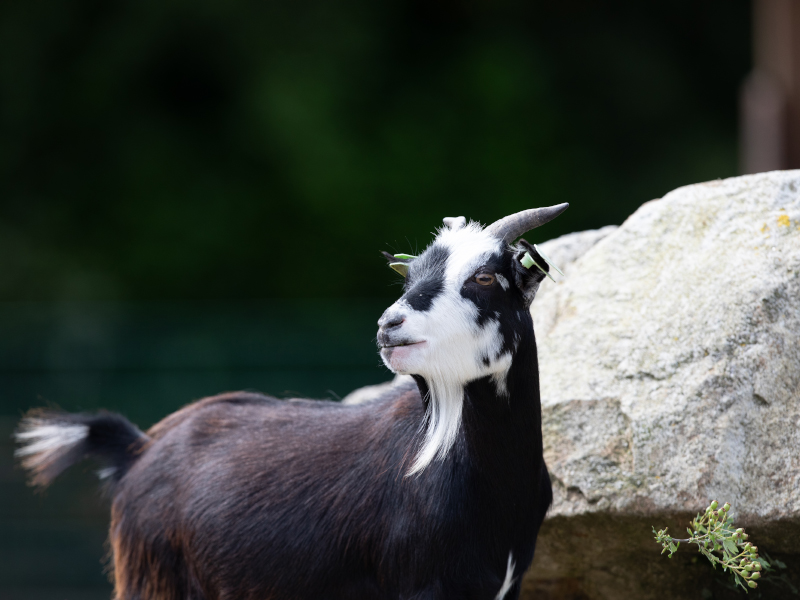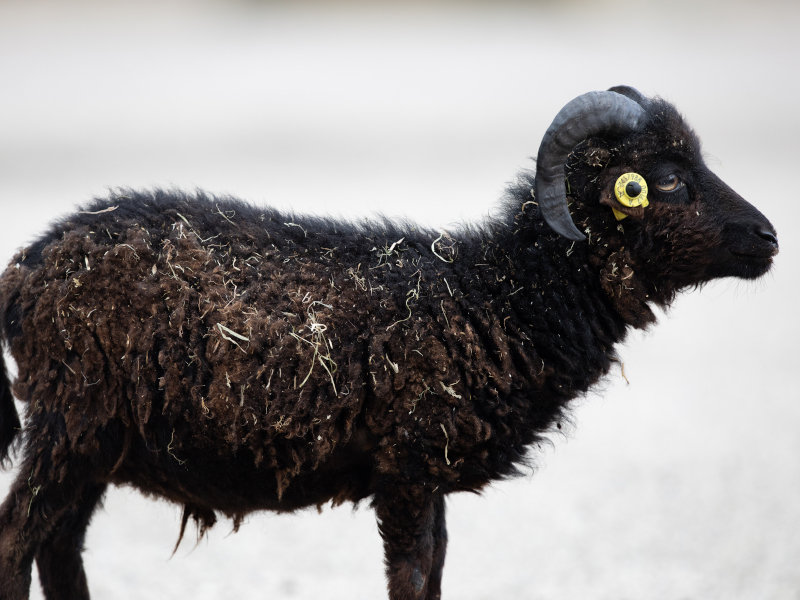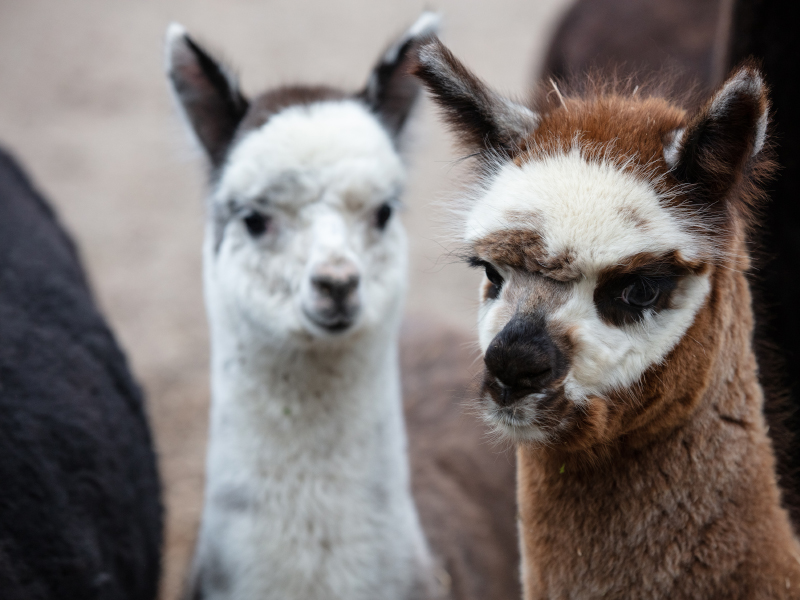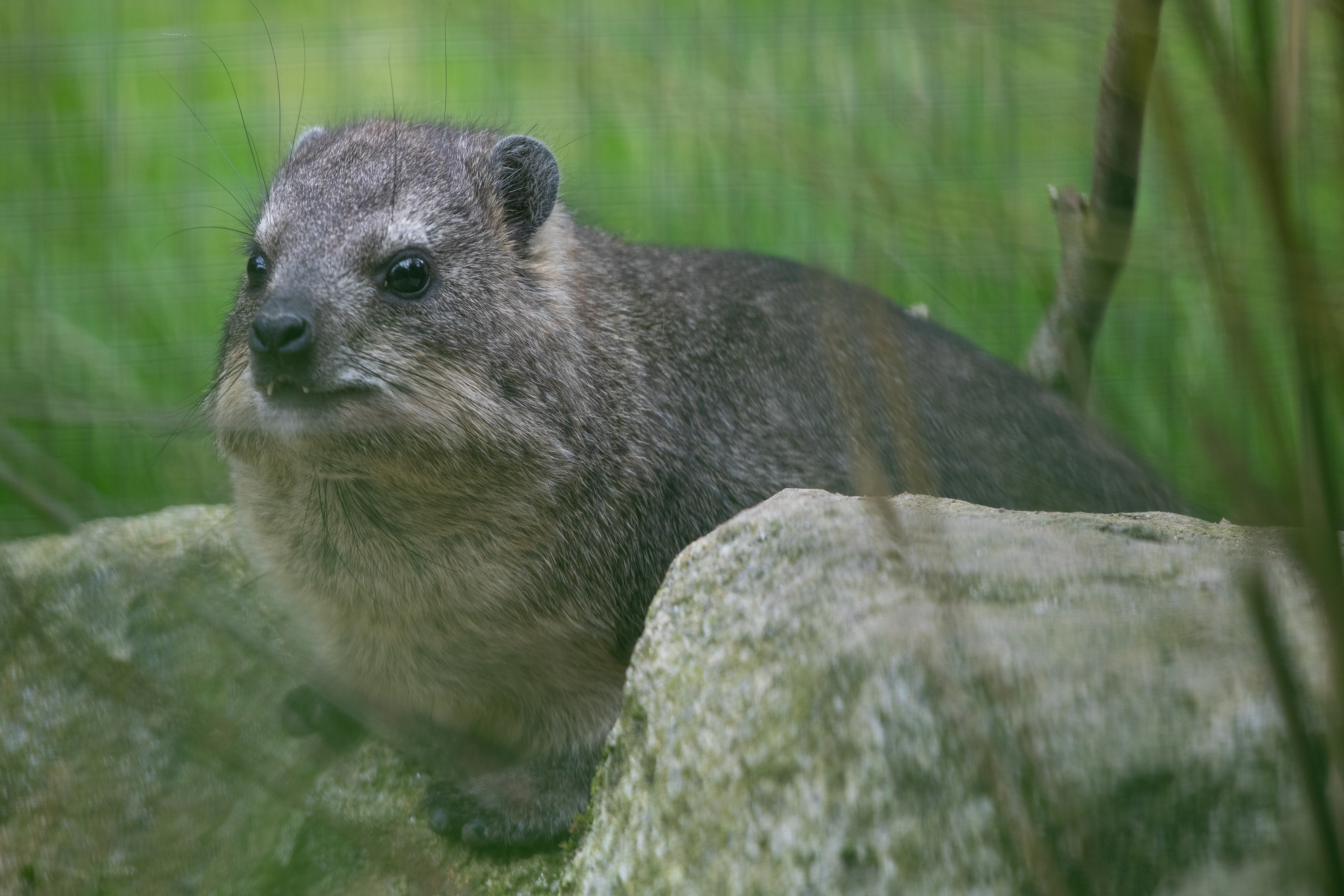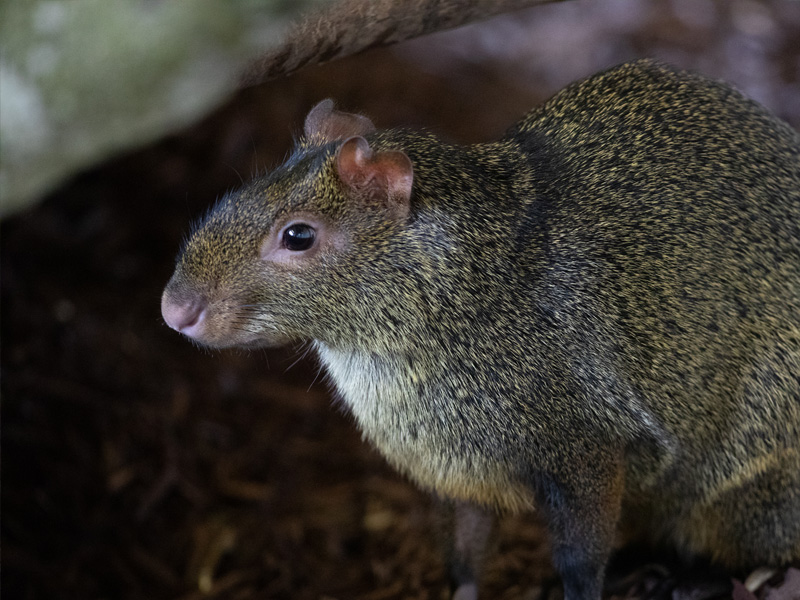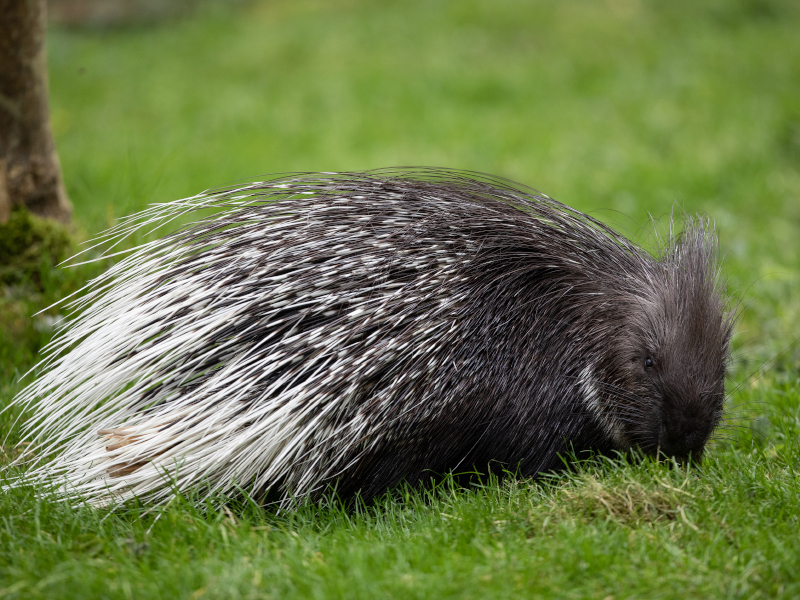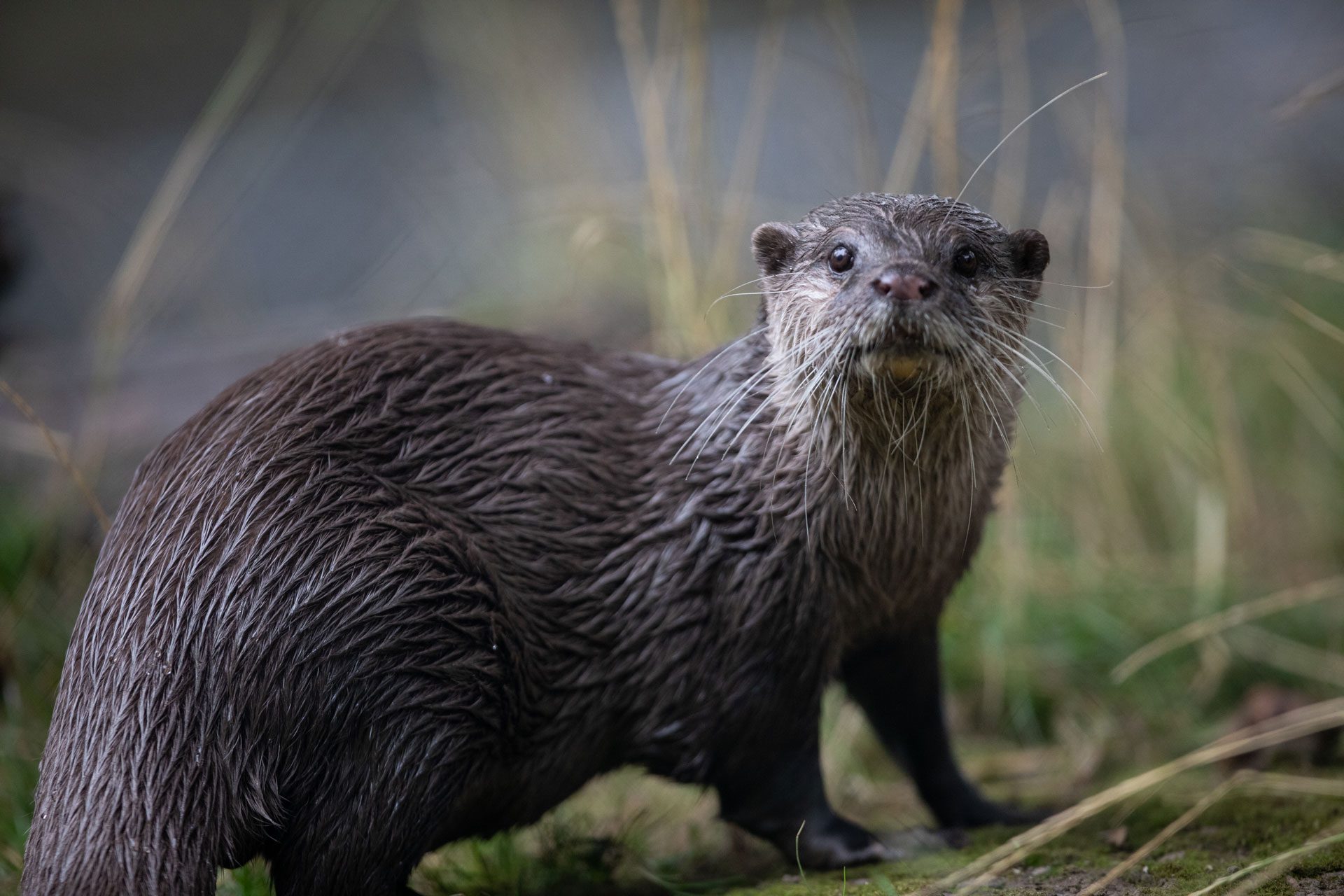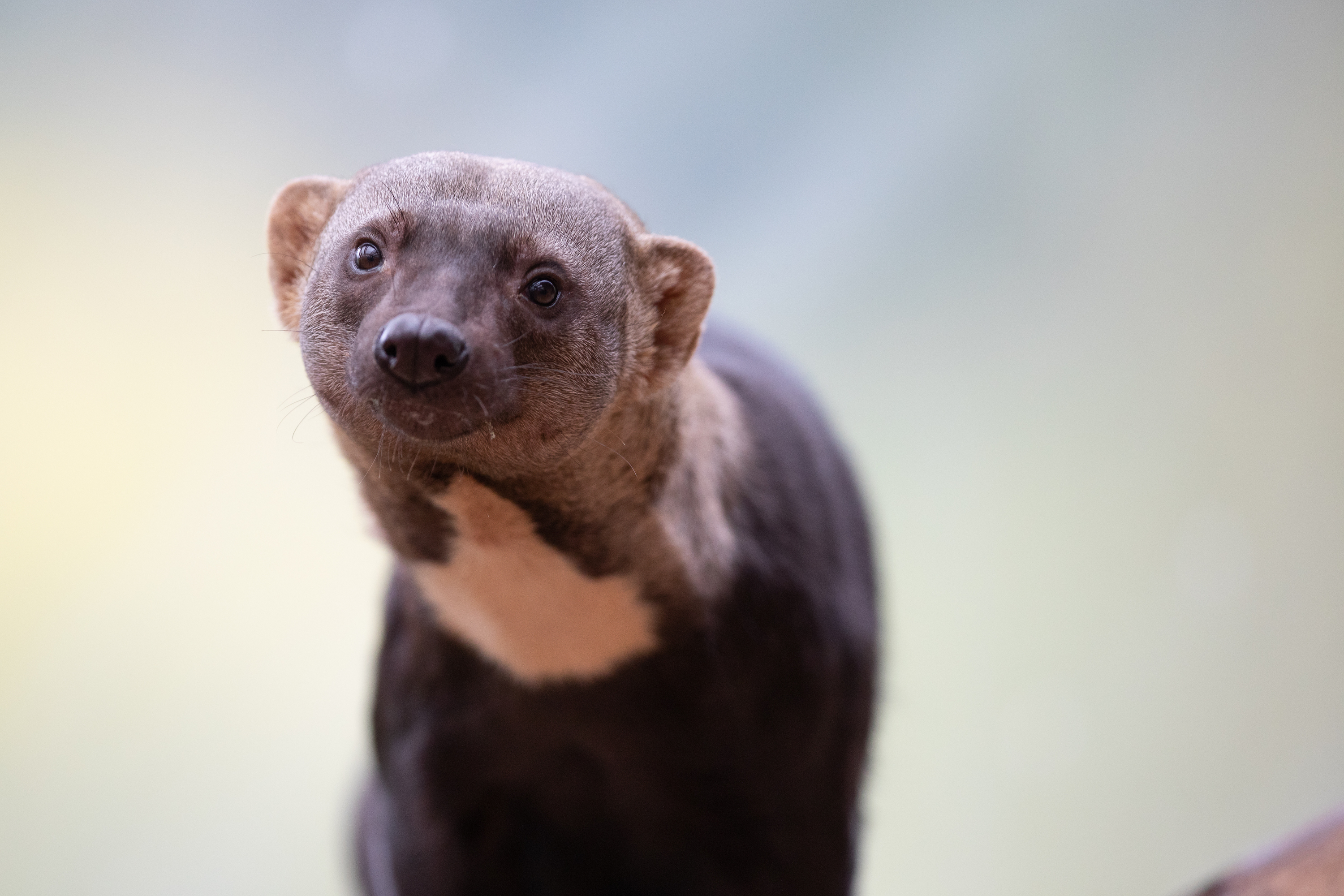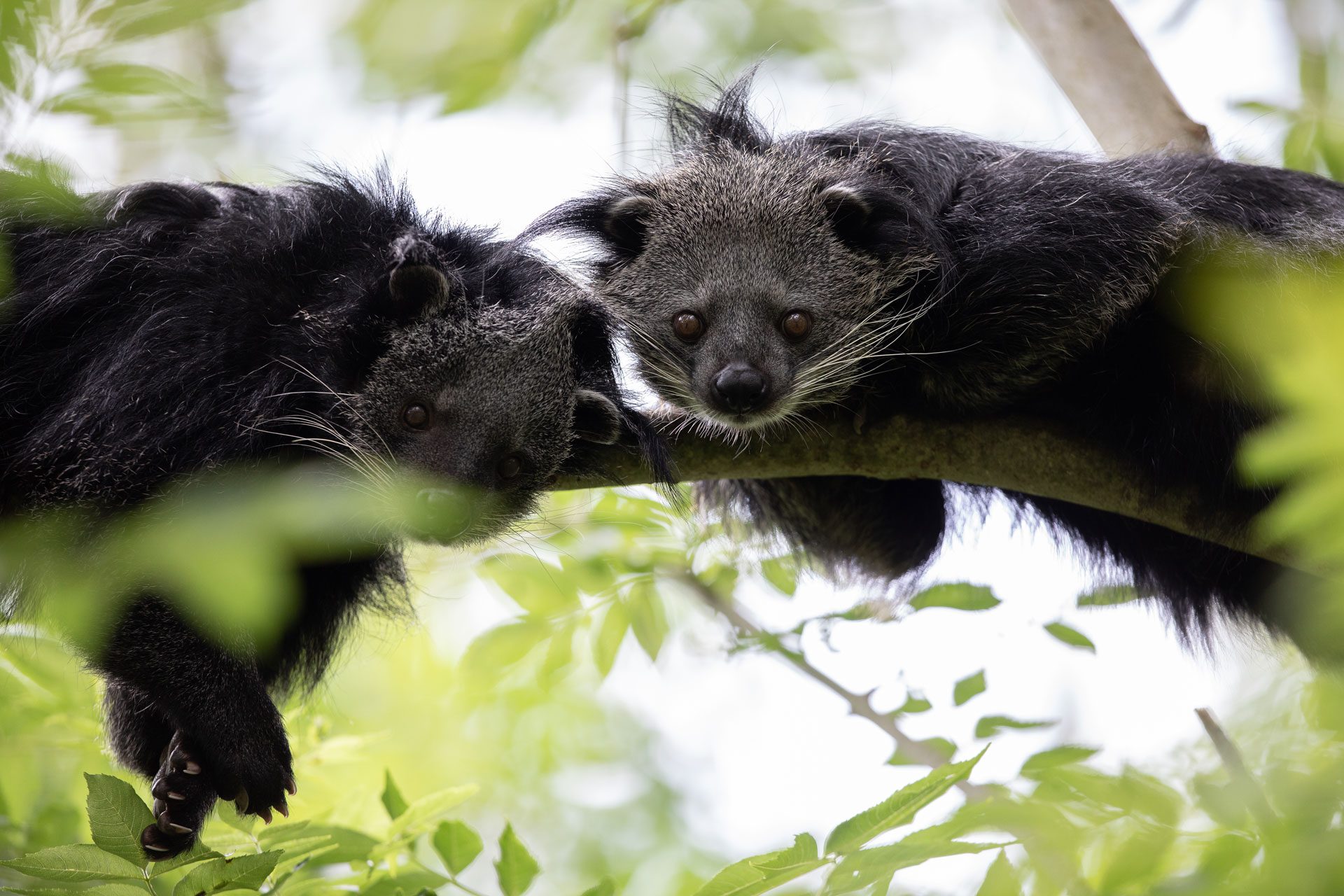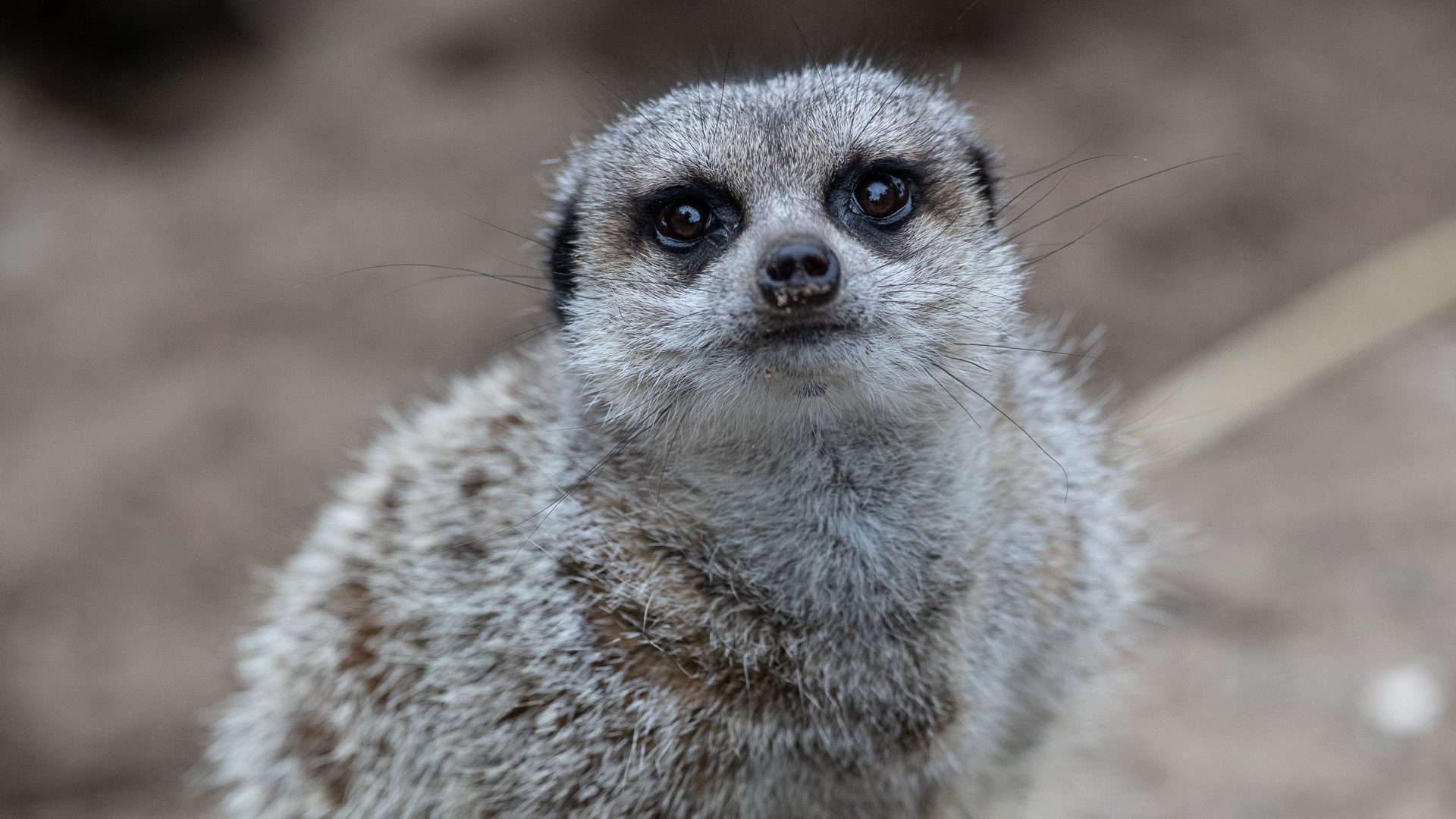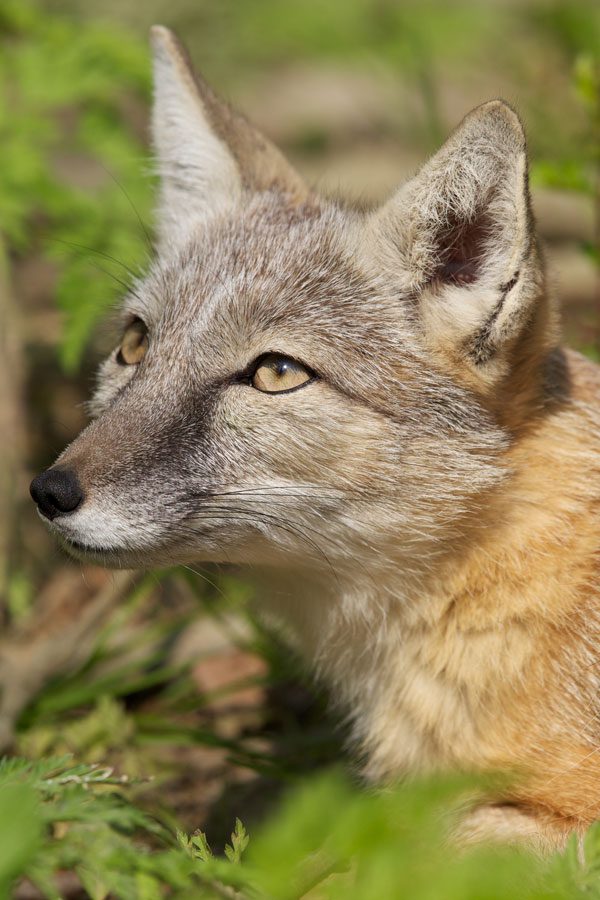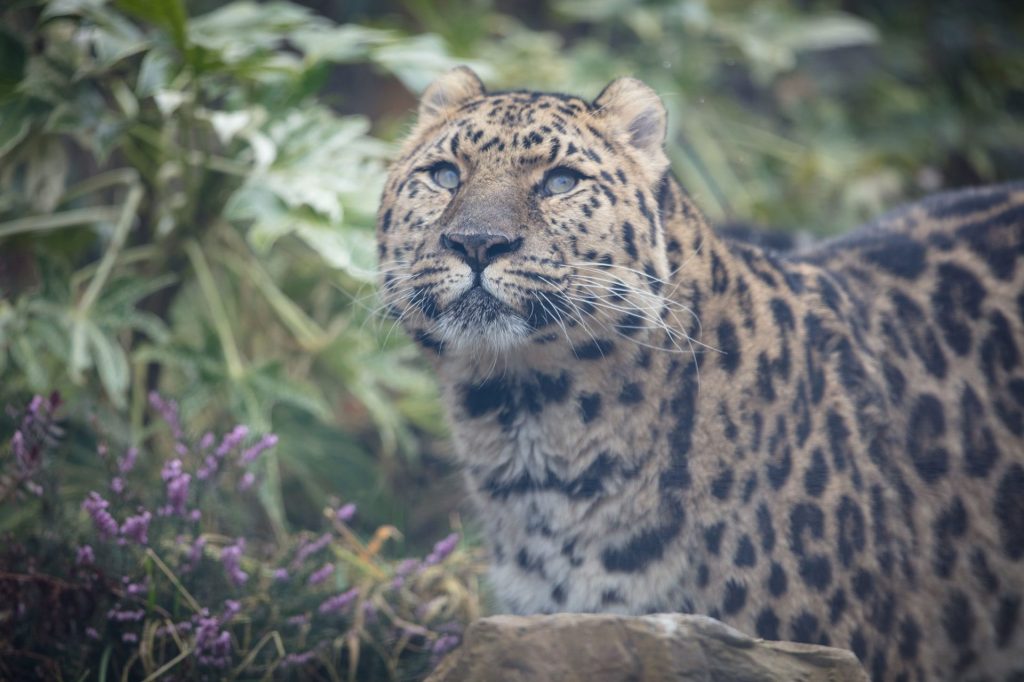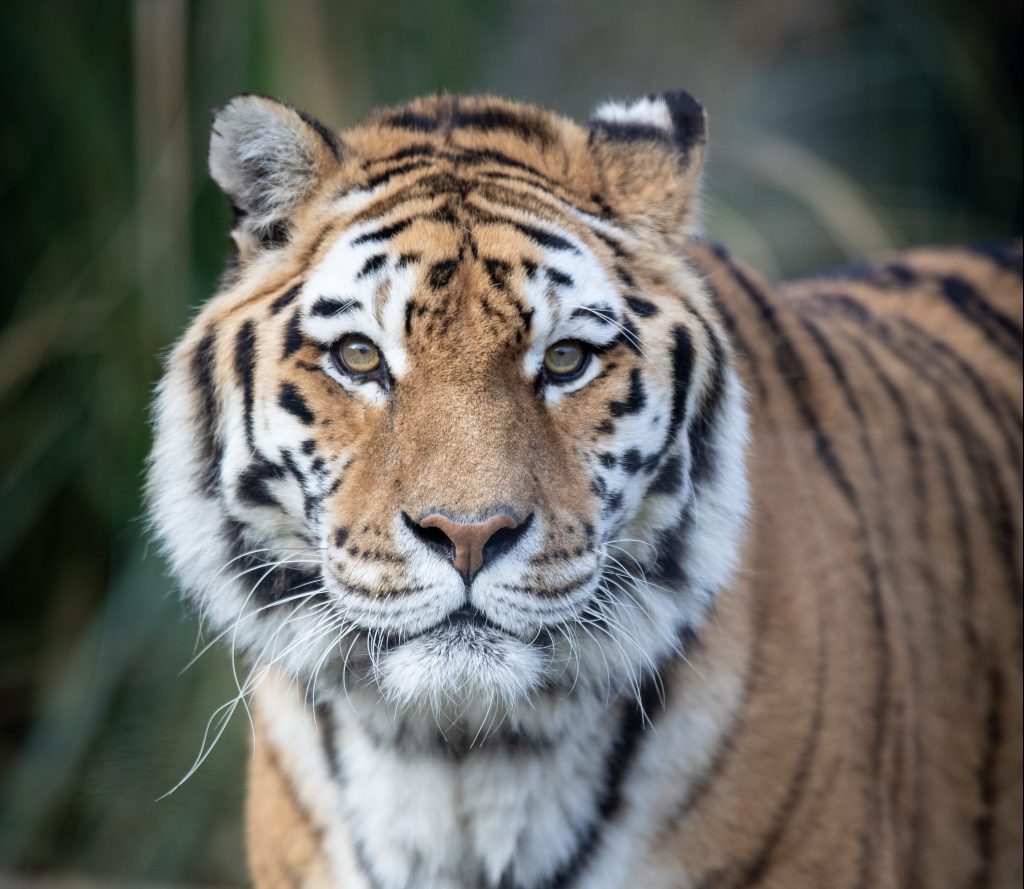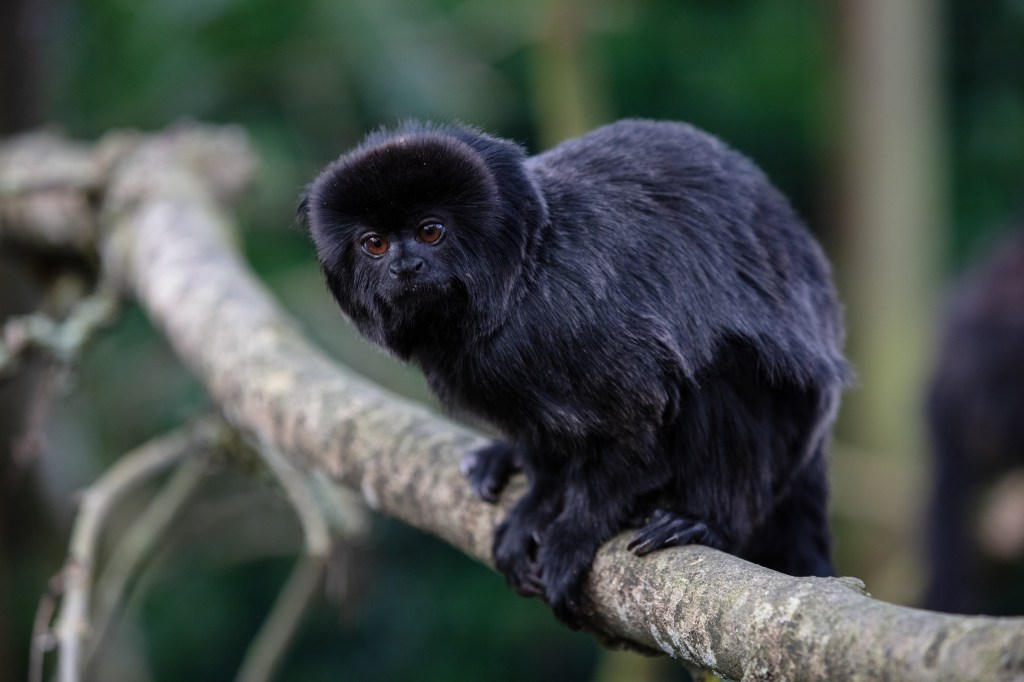Mountain lions are the second largest cats found in North & South America. They are mostly active at night and will use the cover provided by their territory to stalk and ambush prey.
They have a light brown fur coat covering their slender body that allows them to blend into their surroundings while hunting their prey. They will mark their territories by scratching trees and spraying urine. Their long tail assists in helping them balance. When hunting they will sprint and powerfully leap on prey, delivering a fatal bite.

Popular Searches
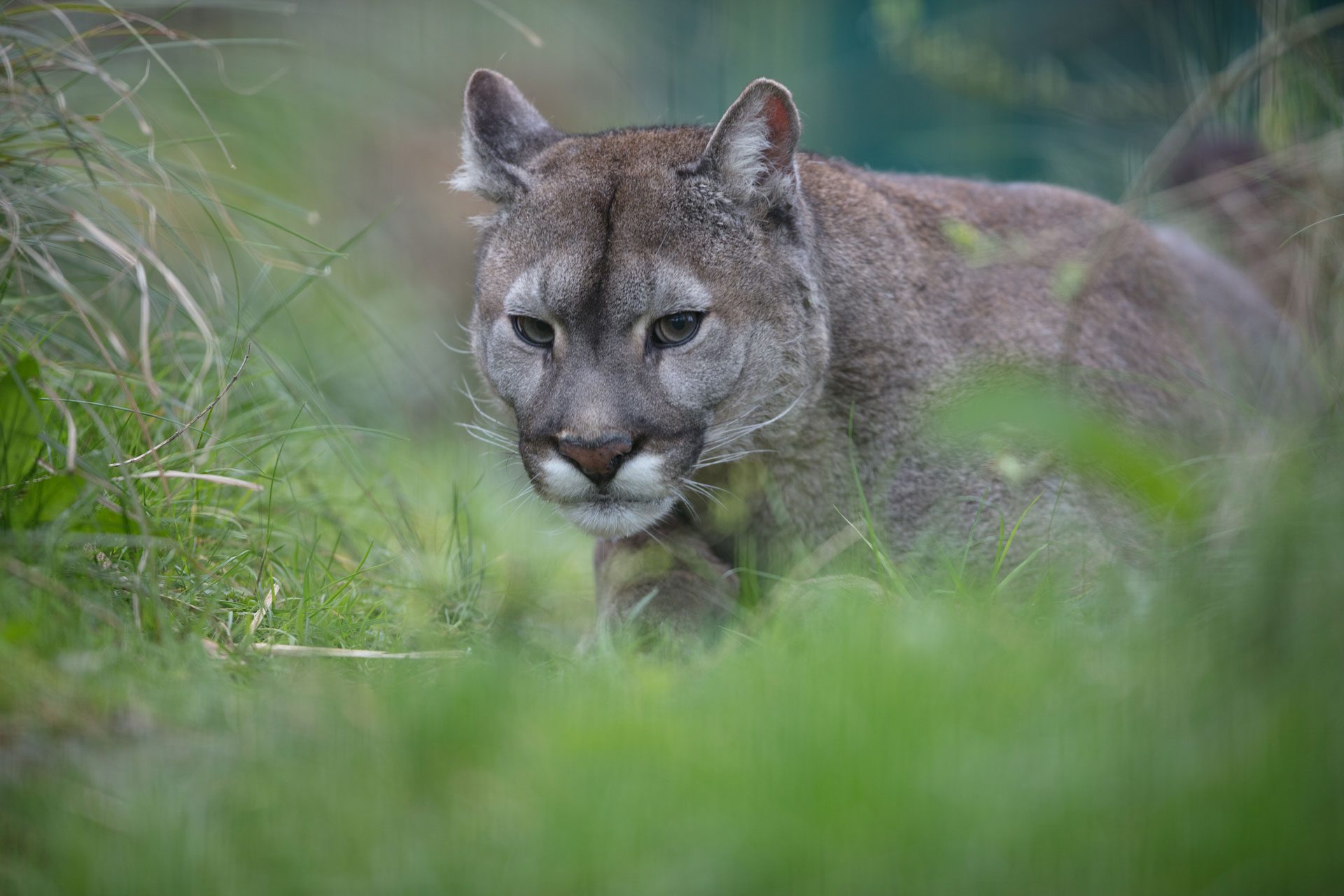
Mountain lion
-
Introduction
-
Conservation
Mountain lions are classified as least concern.
However, some populations have declined throughout their habitat range. Threats include habitat loss, illegal hunting, and hunting of their wild prey species.
Mountain lion subspecies populations are declining throughout their habitat range.
Populations in Canada and western USA are considered least concern; however, the east coast subspecies are considered endangered, with numbers as low as 100-180* individuals in the wild.
Conservationists have helped to restore genetic variability by relocating 8 Texas cougars to South Florida.
*2002 estimates
Emerald Park conservation contribution:
In 2014, Emerald Park committed to the protection of habitat in the Sierra Gorda Biosphere Reserve in Central Mexico.
The fund-raising initiative “BUY AN ACRE CHALLENGE” was launched with the World Land Trust and the British and Irish Association of Zoos and Aquariums. Funds from Emerald Park went towards purchasing ~100 acres of protected habitat.
In 2019, it was reported that mountain lions have been detected in the Sierra Gorda Biosphere Reserve. -
Habitat
Mountain lions are found from Canada through the United States to Central and South America. They have adapted to thrive in a wide variety of habitats including forest, savanna, shrubland, grassland and deserts.
-
Fun Facts
Female mountain lions usually give birth to offspring every two years. Females signal to the male to indicate when she is ready to breed, by calling out and scent marking. Females have 1 to 6 young. New-borns have spots to help them blend into their environment.



